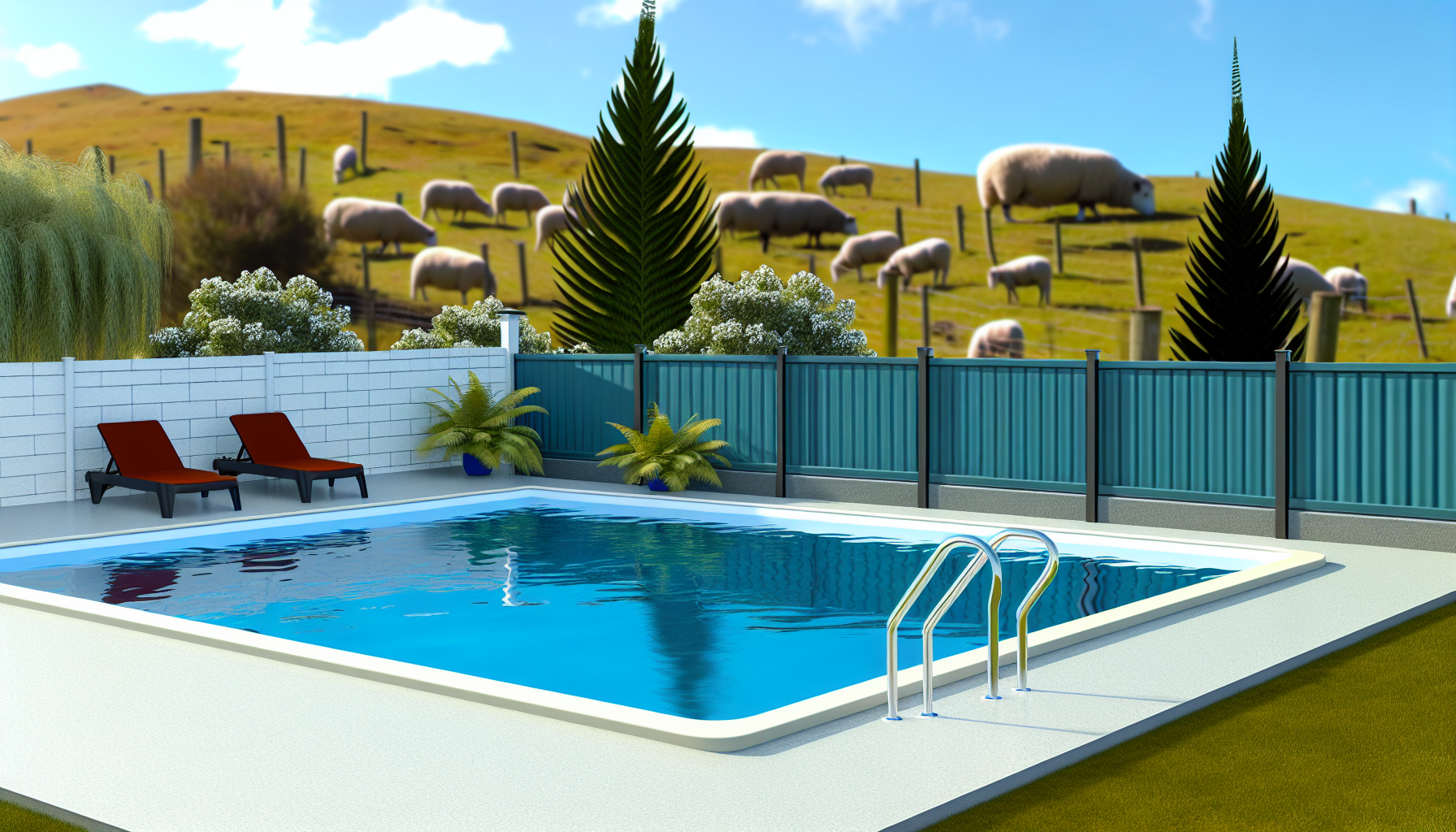Got a swimming pool or thinking about getting one? Sweet! But here’s the deal—if you’ve got a pool in New Zealand, you need to make sure it’s safe. And that means having the right kind of barrier in place to keep kids from wandering in when they shouldn’t.
Why You Need a Pool Barrier
New Zealand law is pretty clear about this: If your pool can hold more than 400mm of water, it MUST have a compliant barrier. It’s all about stopping young kids from accidentally getting into the pool and, frankly, avoiding potentially tragic accidents.
Pool barrier rules fall under the Building (Pool Safety) Regulations 2016, and local councils enforce them. So, if your pool doesn’t meet the requirements, you could be looking at a fine of up to $5,000—ouch.
What Your Pool Barrier Needs to Do
Alright, let’s cut to the chase. A compliant pool barrier in NZ has to:
- Be at least 1.2m high – Anything lower, and it’s too easy to climb over.
- Have no gaps larger than 100mm – That stops small kids from squeezing through.
- Have a self-closing, self-latching gate – This means the gate should close automatically behind you and latch securely. No propping it open!
- Be climb-proof – No handy footholds or things kids can use to clamber over, so no horizontal slats or nearby objects that make climbing easy.
The barrier should completely enclose the pool unless the house forms part of the boundary—and even then, you need extra safety features like alarms or childproof doors.
What About Temporary or Small Pools?
Got one of those easy-set inflatable pools from Mitre 10 or Bunnings? If it’s deeper than 400mm, the same rules apply. Even if you only use it in summer, the law doesn’t care—it still needs a proper barrier.
If you’re using a temporary pool, consider getting one with a built-in barrier or emptying it when it’s not in use to avoid compliance issues.
Checking If Your Barrier Is Up to Scratch
Not sure if your current barrier meets the rules? Get a professional to check it. Pool inspections are required every three years, and your local council often handles this—or they can recommend an independent inspector.
For more info, check out:
- Building Performance NZ – Government guidelines on pool safety.
- Mitre 10 Pool Fencing – Options for pool fencing in NZ.
- [Local Council Websites] – Each council has its own process for checking pool barriers—best to check with yours.
What If My Barrier Is Non-Compliant?
If your pool barrier doesn’t meet the rules, get it sorted ASAP. Depending on what’s wrong, you might need to:
- Add a latch to the gate.
- Extend the height of the fence.
- Remove any climbable objects nearby.
- Get professional help to install a compliant fence.
It’s way cheaper to fix it before an inspector comes knocking than to deal with a fine.
Final Thought
Look, the rules might seem like a hassle, but they’re there to keep kids safe—plain and simple. If you’re putting in a pool, make sure the barrier ticks all the boxes. If you already have one, keep it in check. It’s not just about avoiding fines; it’s about making sure your backyard is safe for everyone.
Need help? Check out your local council website or ask a professional fencing company to make sure your pool barrier is up to standard. Better safe than sorry!


Leave a Reply